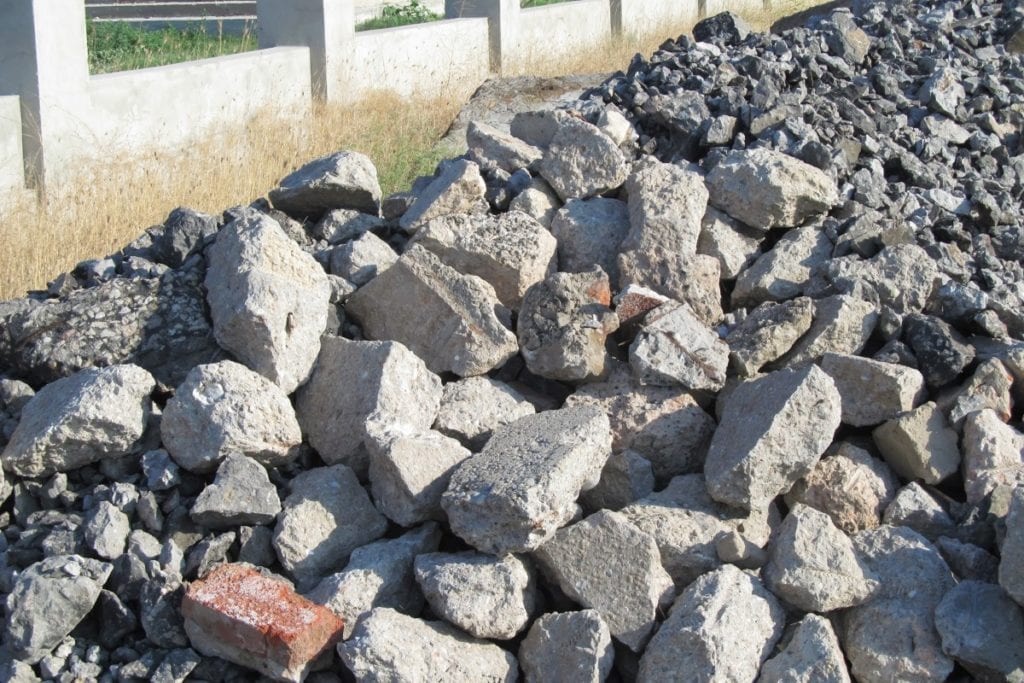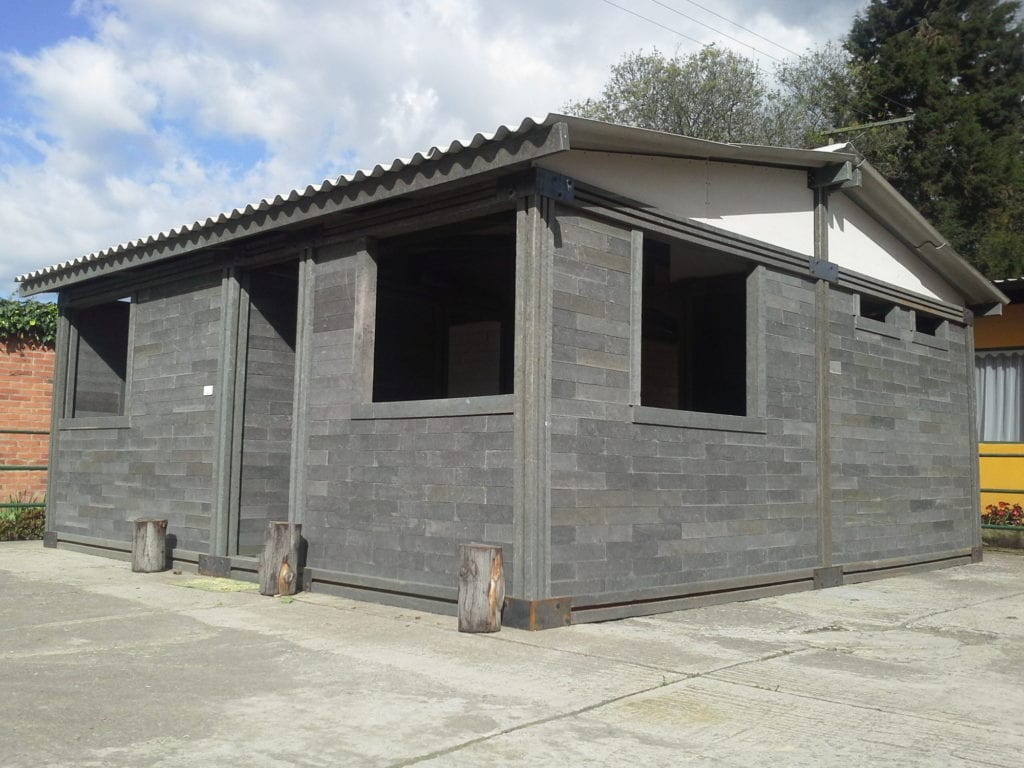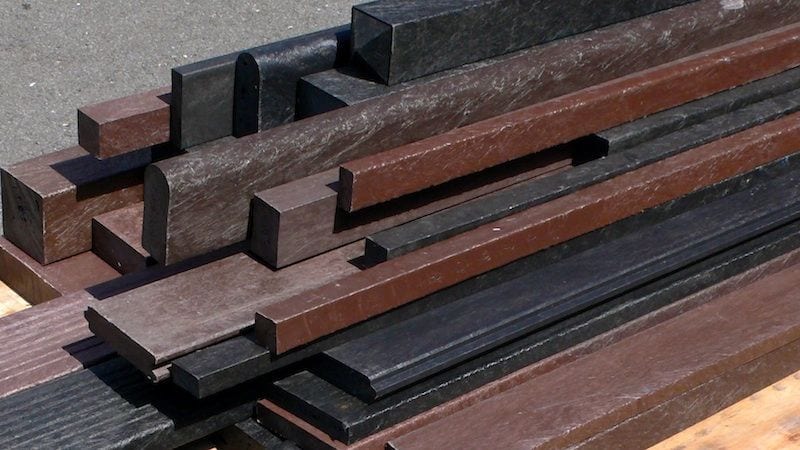In a famous scene in the Oscar-winning 1967 film The Graduate, Dustin Hoffman’s character is taken aside by an older family friend. He puts his arm around Hoffman and says he has just one word he wants to say to him. “Plastics,” he says. “There’s a great future in plastics.”
Now, more than 50 years later, that single-word bit of advice might seem more prescient than it was ever meant to be. Over those five decades, the mass production of plastic has grown beyond our wildest imaginations. It’s become a genuine environmental scourge as millions of tons of plastic end up in the oceans every year.
As the construction industry makes moves towards more sustainable and environmentally friendly building practices, it’s exploring new, better replacements of traditional building materials. Yes, even plastics.
Why Recycled Plastic?
Even though plastic lasts nearly forever in our planet’s waste stream, as a consumer product it’s typically only used once before discarding. The biggest contributor to plastic waste is the food and beverage packaging industry. The Environmental Protection Agency (EPA) estimates that in 2017 alone, 14 million tons of discarded plastic was generated from items like single-use plastic bottles, food containers, and bags. (That’s 28 billion pounds if you don’t have your calculator handy.)
Less than 9% of all plastic ever produced has actually been recycled.
Most municipalities accept, or even mandate, plastic recycling. However, despite those efforts, very little discarded plastic actually winds up back in consumers’ hands after being recycled. According to National Geographic, less than 9% of all plastic ever produced has actually been recycled.
Given its extreme abundance, plastic is a natural target for sustainable construction enthusiasts as a material that can be repurposed for industry applications. A recent one-year study showed that using plastic as a primary construction material would save enough energy to meet the power needs of 4.6 million homes in the U.S.
What Are Some Practical Uses for Recycled Plastic in Construction?
Inside of buildings and out, opportunities to replace conventional building materials with plastic are plentiful. Willoughby, Ohio-based plastics fabricators Shini USA made a list of some of the most promising uses for recycled plastics in a more sustainable construction industry.
Concrete

We’ve seen many additives mixed in with concrete in recent years, from sand to fly ash, in an attempt to make concrete production less of an energy hog. MIT students have experimented with mixing gamma radiation-exposed plastic powder into cement paste, which resulted in a finished product up to 15% stronger than standard concrete with increased durability.
Bricks

The humble brick has also seen attempts at a green makeover to reduce the energy consumption required to create bricks. Research teams have experimented with novel ingredients, including mushroom spores and carbon dioxide, to build a better brick. Another notable substitute is recycled plastic. According to Inhabitat, recycled plastic bricks could be formed together like LEGO blocks. Conceptos Plasticos, a Colombian company specializing in finding new uses for materials like rubber and plastic, has even manufactured and used the bricks to create a livable home for just over $5,000.
Lumber

Believe it or not, lumber doesn’t just come from trees anymore. A team of researchers at Rutgers University invented a material called structural plastic lumber made from recycled plastics like milk containers and coffee cups. Science Daily writes the material is “lighter than steel, longer-lasting than lumber, and strong enough to support 120-ton locomotives.”
That’s no exaggeration, either. Since conception, structural plastic lumber has found its way to construction projects—including bridges on U.S. Army bases, docks, and even bus stops—both in the U.S. and around the world. The recycled plastic lumber has also been used to create more than 1.5 million railroad ties across the U.S., which adds up to approximately 300 million pounds of plastic being reused instead of discarded.
With such an unthinkable amount of plastic waste out there, it seems an obvious choice for construction to explore its potential. As many industries feel growing pressure to become more sustainable, it’s likely we will see even more creative uses for recycled plastic in the building industry.
Leave a Reply